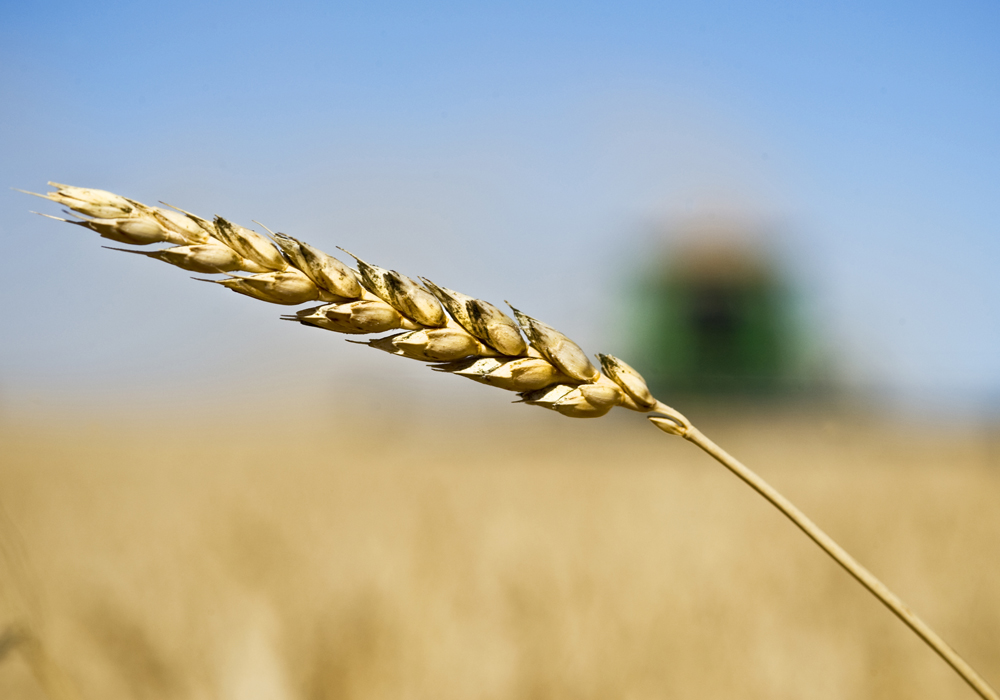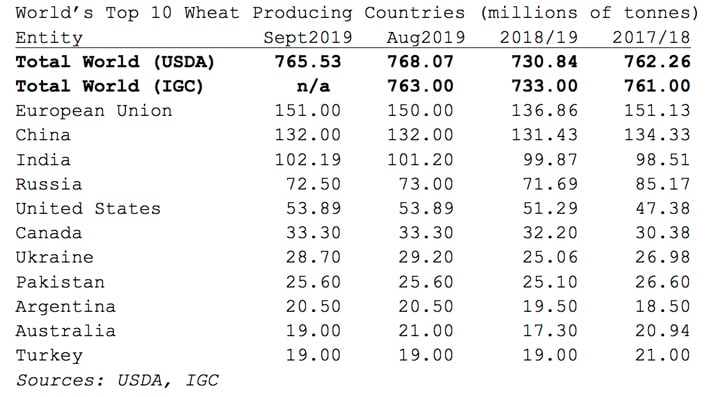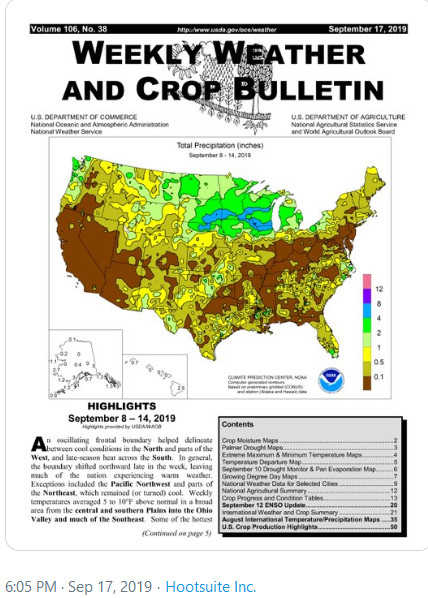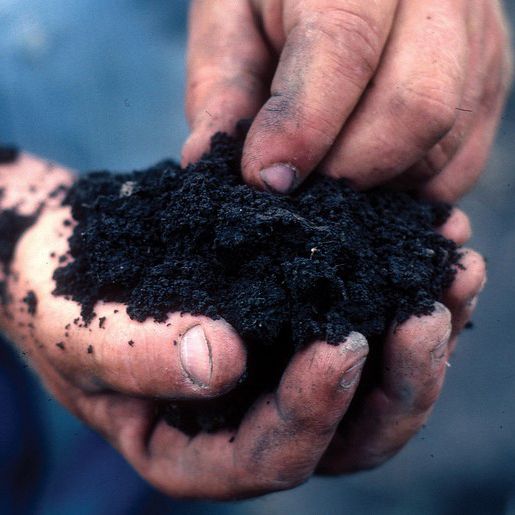I am starting this new thread to see if we can discern if there are real global crop failures and if not yet, then to record them in this thread as they happen.
There are a lot of articles and videos that talk of imminent food shortages due to frost in some wine districts or flooding in corn areas or bad wheat harvests. One of those is David Dubyne from Adapt 2030 and sometimes there is something to it, such as the devastating flooding in America this year. Other times they appear to be small devastations that does not affect the global output and that David is crying wolf a little too much in order to fit his theme of Grand Solar minimum and an imminent ice age. Or at least that is how it appears after having looked at a number of statistical sites.
Then there is another camp, which tries to counteract the global warming crowd by saying that everything is really just normal and that there is nothing to worry about. They could however be in for a surprise as we do appear to enter unknown territory.
Looking at the following headline, one could think that French wine production is about to collapse:
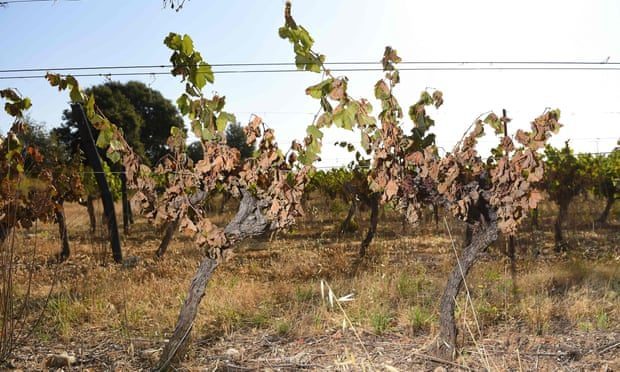
 www.sott.net
www.sott.net
Here are the production figures for France for the last few years:
2018: 49.1 MHL (million hectoliters)
2017: 36.4 MHL
2016: 45.4 MHL
2015: 47.0 MHL
2014: 45.0 MHL
2013: 41.0 MHL
Sources to the above:

 www.bkwine.com
www.bkwine.com
So considering that agriculture always experiences ups and down, as it is dependent on the weather this is only what one would expect.
In the above, one should also keep in mind that agricultural production including the wine industry is subject to market forces, so the average can fluctuate over time. If it is hard to sell the French wine over a number of years due to loss of market share to other wine producing regions, then it would not be surprising to see drops in wine production. The opposite also takes place if French wine in this example find new markets or capture more of the market share. No surprises there, but just to point out that one can not compare so easily to wine production figures from say 20 years ago without making a more complex analysis.
In a follow up post I will look at global wheat production figures (which are open in tabs on my browser, but it will have to wait).
There are a lot of articles and videos that talk of imminent food shortages due to frost in some wine districts or flooding in corn areas or bad wheat harvests. One of those is David Dubyne from Adapt 2030 and sometimes there is something to it, such as the devastating flooding in America this year. Other times they appear to be small devastations that does not affect the global output and that David is crying wolf a little too much in order to fit his theme of Grand Solar minimum and an imminent ice age. Or at least that is how it appears after having looked at a number of statistical sites.
Then there is another camp, which tries to counteract the global warming crowd by saying that everything is really just normal and that there is nothing to worry about. They could however be in for a surprise as we do appear to enter unknown territory.
Looking at the following headline, one could think that French wine production is about to collapse:

Extreme weather to cut French wine output by 12% this year
French wine production will fall 12% this year after vines were damaged by spring frosts, drought and hail, but quality will remain generally good, the agriculture ministry said on Tuesday. In its second estimate for 2019, the ministry forecast...
Extreme weather to cut French wine output by 12% this year
2018 was from what I gather an exceptional year so to be a bit down would not be unusual. In trying to find the figures for the last years to find out what is an average year, I discovered that the average from 2013-2017 was 43.5 million hectoliters, so 43.4 for the year 2019 does not sound alarming.Reuters
Tue, 27 Aug 2019 11:40 UTC
© Sylvain Thomas/AFP/Getty Images
Vines badly burnt by the sun and heat in a vineyard in Sussargues, southern France, at the end of June.
French wine production will fall 12% this year after vines were damaged by spring frosts, drought and hail, but quality will remain generally good, the agriculture ministry said on Tuesday.
In its second estimate for 2019, the ministry forecast production of 43.4 million hectolitres, down from 49.4 million in 2018 when output had benefited from good weather condition.
Last month the farm ministry put French output in 2019 in a range of 42.8 million to 46.4 million hectolitres.
A hectolitre (100 litres) is the equivalent of about 133 standard wine bottles.
In many vineyards, flowering occurred in rainy and cold weather, while heat and hail have also contributed to a decline in production potential, the ministry said in a note.
Here are the production figures for France for the last few years:
2018: 49.1 MHL (million hectoliters)
2017: 36.4 MHL
2016: 45.4 MHL
2015: 47.0 MHL
2014: 45.0 MHL
2013: 41.0 MHL
Sources to the above:

World wine production reaches record level in 2018, consumption is stable | BKWine Magazine |
The brand new numbers for 2018 show a positive picture. Wine production reached a record level in 2018 reaching 293 million hectolitres, a good recovery from a catastrophic 2017. The biggest wine producers in the world in 2018 are Italy, France, Spain and the USA. Global vineyard surface...
So considering that agriculture always experiences ups and down, as it is dependent on the weather this is only what one would expect.
In the above, one should also keep in mind that agricultural production including the wine industry is subject to market forces, so the average can fluctuate over time. If it is hard to sell the French wine over a number of years due to loss of market share to other wine producing regions, then it would not be surprising to see drops in wine production. The opposite also takes place if French wine in this example find new markets or capture more of the market share. No surprises there, but just to point out that one can not compare so easily to wine production figures from say 20 years ago without making a more complex analysis.
In a follow up post I will look at global wheat production figures (which are open in tabs on my browser, but it will have to wait).

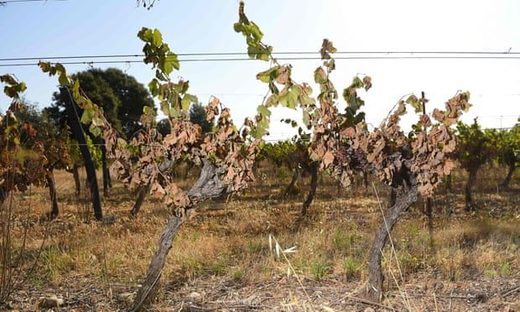
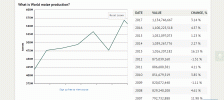
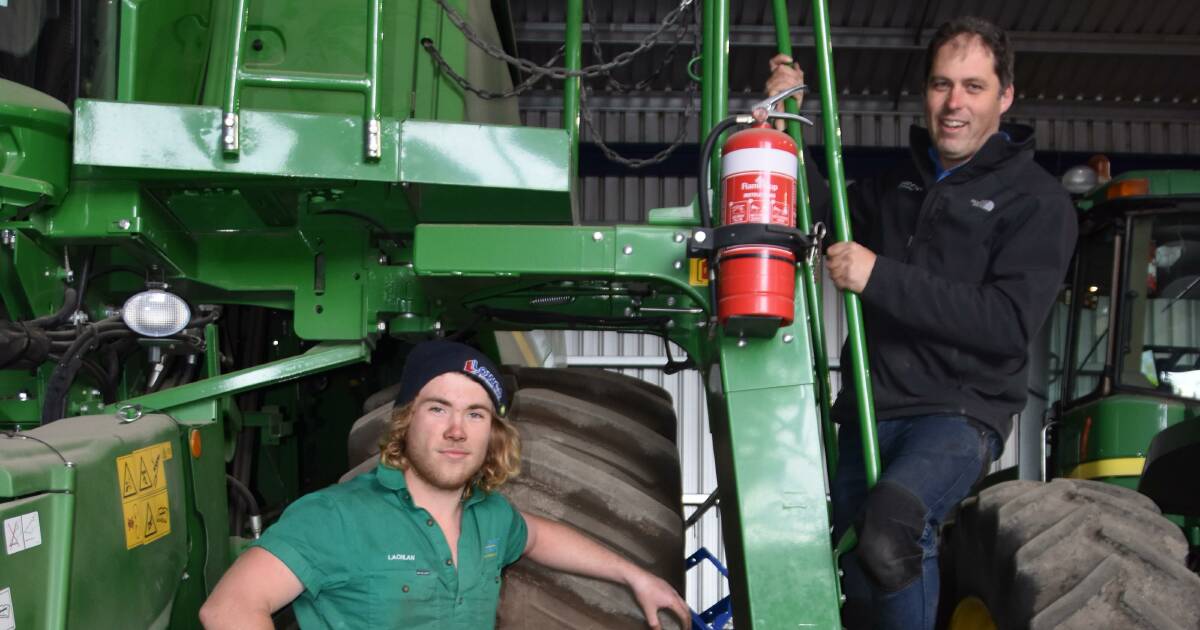
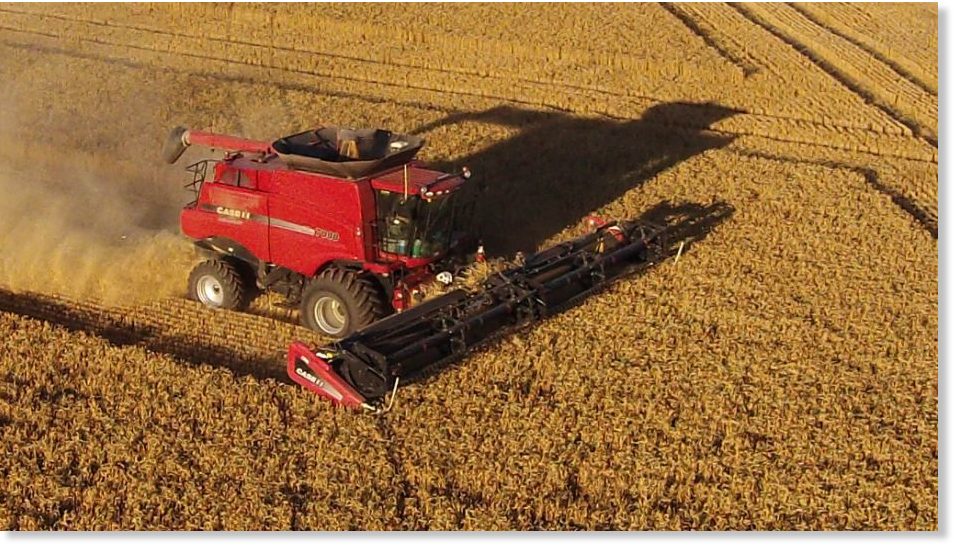




 but that is an off-topic for this thread.
but that is an off-topic for this thread.

